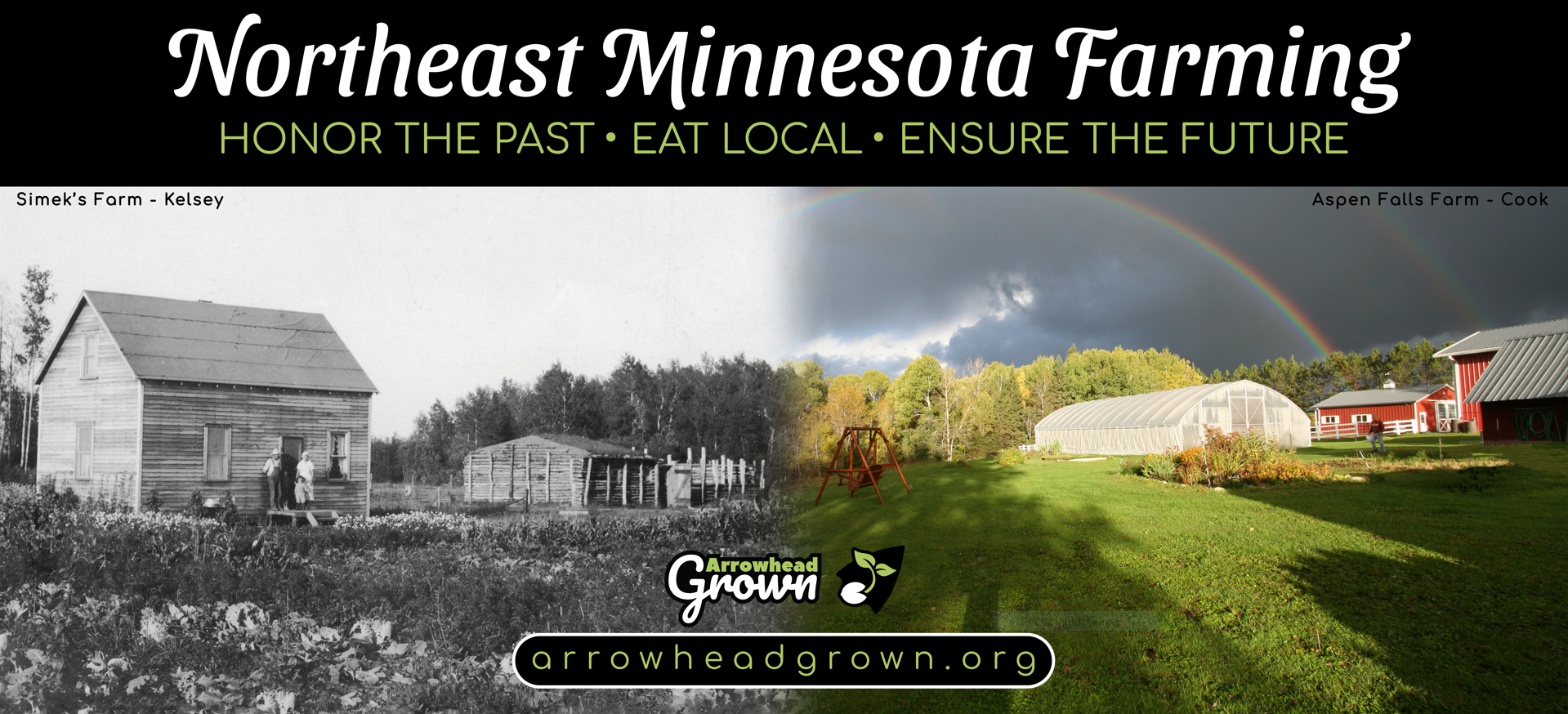Over the past two years, I’ve had the pleasure of working with Jenna Ballinger, of Forge North Creative, to make a series of educational videos for area farmers. They are now posted at www.arrowheadgrown.org/farmer/producervideos. There are thirteen short videos filmed at area farms. Here are the titles and presenters:
How to promote your cottage foods Heather Mahoney, Heather’s Home Goods
Digital marketing for farmers Jenna Ballinger, Forge North Creative
Business planning for farmers Char Conger, Business Consultant
The value of having multiple distribution channels Ryan Pesch, Lida Farm
Cornering a market with farm-made pizza John & Emily Beaton, Fairhaven Farm
Developing a unique experience with agritourism Jack LaMar, Early Frost Farms
Marketing to retail stores Ryan Pesch, Lida Farm
Setting up a farm stand Jeff Camell, Hidden Pond Farms
Generating online sales for farmers John Byers, Alfred Smith’s Farm
Creating a unique experience with U-pick flowers Kate Paul, Owl Forest Farm
Building brand awareness and a farm destination Andrea Simek, Simek’s Farm
Selling eggs and meat birds for family flock owners Cindy Hale, Clover Valley Farm
Word-of-mouth marketing for your CSA Janna Goerdt, Fat Chicken Farm
The goal of making these videos was to help new farmers to establish themselves in the local food business and to help experienced farmers add elements to diversify and sustain their farms. We made these videos as part of a USDA grant to help Iron Range farmers and growers sustain and strengthen their sale of local food. Of course, the other side of that coin is getting Iron Range consumers to buy local food. The Arrowhead Grown website seeks to help by providing an areawide farmers market directory.
While many area farmers and growers sell at farmers markets, that doesn’t work for everyone. Of all the farmers and growers I’ve interviewed for these ninety-seven profiles to date, only one is able to survive without an off-farm job. For most, more than one adult in the household has an off-farm job. It’s not just the money, it’s health care benefits they need. For all farmers, whether they sell at farmers markets or not, Minnesota Grown, an effort of the Minnesota Department of Agriculture, helps farmers and growers to market their goods through an annual statewide directory and website. There’s a new phone app too, called Farmish, that is searchable by geographic area. Facebook groups like Farm Direct Minnesota and Iron Range Grown are platforms where folks post what’s wanted and what’s for sale. Anythinggrown.com is also an area directory with listings of markets and individual producers.
It's a tricky proposition to ramp up farm production without equivalent consumer demand, but it’s also challenging to ramp up consumer demand when there’s not enough local food to meet that demand. In both situations, folks get discouraged. Having been involved myself in the promotion of local food for more than a decade, I think I can safely say that right now, there is more local food being produced than there is consumer demand. So GO farmers and growers and GET GOING consumers!
The future is bright. Though we are in USDA Zone 3a up here, the Minnesota DNR’s Climate Trends website predicts “substantial warming during winter and at night, increased precipitation and heavier downpours, and…increased summer heat” over the next twenty years. My tomatoes will appreciate that last change! For farmers and growers, this is good news. Minnesota is home to 68,000 farms—the tenth highest total in the country. According to the latest U S Census of Agriculture (from 2017—the 2022 results are due in February 2024), St. Louis, Cook, and Carleton Counties are gaining farms. If the trend continues, there will be more local food available and those of us advocating the purchase of local food will need to entice consumers to support their local economies by buying from local farmers and growers.
Back to the videos. We made them to encourage farmers and to provide specific information and techniques to increase sales. I hope those of you who farm and grow food will enjoy and learn from the videos, and that all of us who buy food (and that’s ALL of us, right?) will make a concerted effort to buy local. A 2018 study published by the Iron Range Partnership for Sustainability with support from the Department of Iron Range Resources and Rehabilitation showed that, if we even buy twenty percent of our food locally, that will provide 248-694 jobs for the Range and keep $51 million in our local economy. Let’s make this happen!


